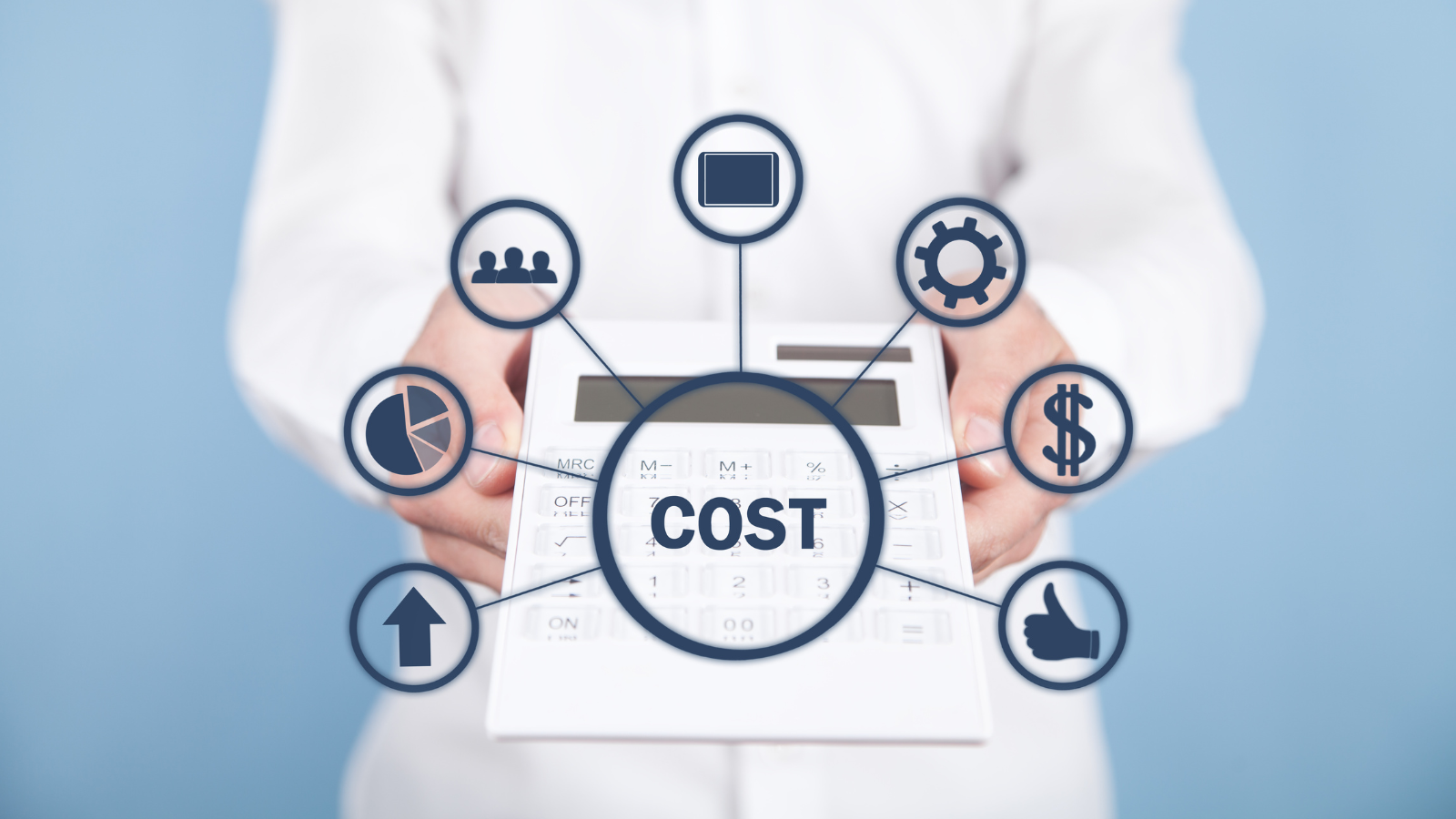Top 5 Updates in Acumatica 2023 R2 for Enhanced Business Operations
Top 5 Key Updates in Acumatica 2023 R2 release: Acumatica has just unveiled the highly anticipated 2023 R2 version, and it's packed with updates that...

With a wide array of ERP software options available, selecting the best one for your business can be daunting. This guide will help you choose the right ERP software that aligns with your business needs.
Here are the topics in this blog:
Why Opt for Cloud ERP?
Cloud ERP vs. On-Premises ERP
Steps to Choose Cloud ERP
Key Criteria for Cloud ERP Selection
Today, few—if any—businesses are managing their operations with manual, spreadsheet-based processes. Those relying on outdated systems are finding it increasingly challenging to keep pace with the demands of a global economy. Enter cloud-based Enterprise Resource Planning (ERP) systems—comprehensive, innovative tools that combine a business's critical data, departments, and external applications onto a unified platform.
Cloud ERP systems offer a holistic view of your business, streamline processes, enhance collaboration across departments, and support strategic, data-driven decision-making. They also provide the flexibility to grow and adapt as your business evolves.
The primary distinction between cloud ERP and on-premise ERP systems lies in how they're implemented and managed.
On-Premises ERP: Installed on your company's physical servers, on-premises ERP solutions require an internal IT team to manage deployment, updates, and security. This approach demands significant upfront costs for hardware and software, as well as ongoing expenses for maintenance and upgrades.
Cloud ERP: Accessible via the internet, cloud ERP solutions reside on virtual servers managed by the ERP vendor. This model offers flexibility, allowing users to access critical business data from anywhere using any internet-enabled device. The vendor takes care of software updates, hardware upgrades, and security, all included in the subscription fee.

Choosing the right cloud ERP system is crucial and requires careful consideration of your business's specific needs, budget, timeline, and industry requirements.
Following these steps, you can narrow down your options and select a cloud ERP system that aligns with your business goals.
Assembling the Right Team
Selecting an ERP solution isn't a task for one person. Build a project team that includes representatives from all key areas of your business—such as finance, sales, customer service, production, and IT. This team will be responsible for communicating the ERP implementation plan and ensuring organizational buy-in. Engaging employees in the process, especially by soliciting their input on desired features, can help secure their support for the new system.
Let's recap what you've learned about choosing a cloud ERP system and explore additional features to consider during your selection process.
However, there are a few other essential features to consider during the ERP software selection process.
By carefully considering these factors, you can select a cloud ERP system that not only meets your current needs but also positions your business for future growth and success.
Download our free ERP Selection Guide

Top 5 Key Updates in Acumatica 2023 R2 release: Acumatica has just unveiled the highly anticipated 2023 R2 version, and it's packed with updates that...

Outgrowing QuickBooks? What Now? For many small businesses, QuickBooks is a go-to accounting solution. It’s affordable, easy to use, and offers...